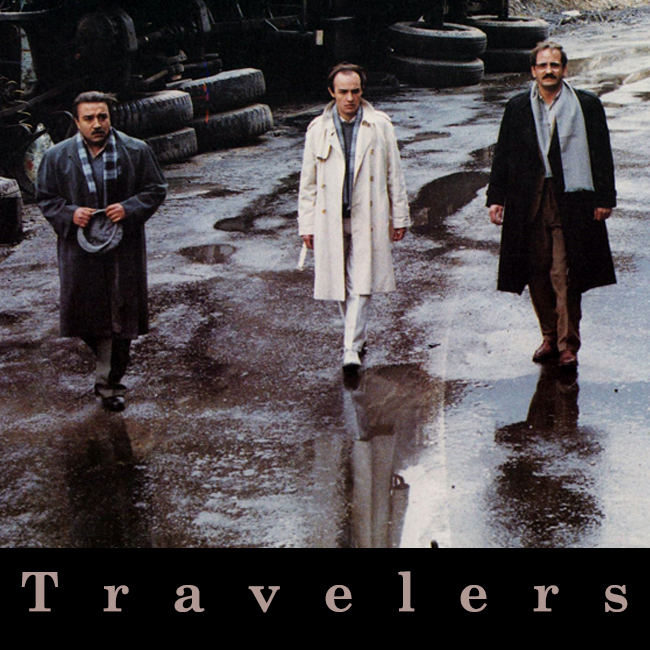
Cite this article
Cinema Iranica (February 22, 2025) Travelers (1991). Retrieved from https://cinema-dev.iranicaonline.org/article/7697-2/.
"Travelers (1991)." Cinema Iranica - February 22, 2025, https://cinema-dev.iranicaonline.org/article/7697-2/
Cinema Iranica November 13, 2023 Travelers (1991)., viewed February 22, 2025,<https://cinema-dev.iranicaonline.org/article/7697-2/>
"Travelers (1991)." Cinema Iranica - Accessed February 22, 2025. https://cinema-dev.iranicaonline.org/article/7697-2/

This article examines how Bahrām Bayzāʼī’s film, Travelers (1991), draws inspiration from ritualistic passion plays (taziyeh) and mystical concepts of the “Imaginal World.” The article also explores how Bayzāʼī skillfully incorporates themes of rebirth and death, constructing a contemporary myth of rebirth symbolized by the grandmother’s wishful thinking. Lastly, it discusses Bayzāʼī’s progressive gender politics in contemporary Iran and how the film’s symbolic and mystical elements support this message.
